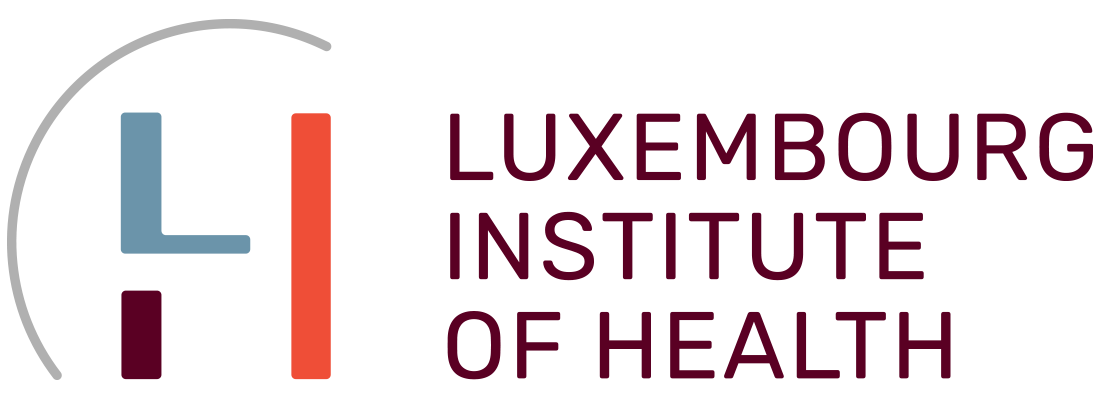Purification of leukemia-derived exosomes to study microenvironment modulation.
Exosomes are membrane-enclosed vesicles released by different cell types into the extracellular space. As mediators of intercellular communication, they are involved in multiple physiological processes, but they are also associated with the pathogenesis of human malignancies including leukemia. Isolation of exosomes enables the characterization of their role in microenvironment modulation as well as their participation in disease pathology. A variety of strategies and techniques exists to purify exosomes from many biological fluids (e.g., blood, urine, and saliva). Here, we describe the efficient production of large quantities of exosomes from leukemic cell lines by using CELLine bioreactors based on two-compartment technology, as well as their isolation and purification by combining differential centrifugation and ultracentrifugation through a density gradient (17% OptiPrep() cushion). Thus, exosomes are appropriately prepared for characterization by western blotting to detect exosome markers or imaging flow cytometry (ImageStream), and for downstream analyses such as the internalization in microenvironmental cells by confocal imaging or flow cytometry, methods which are also described in this chapter.
